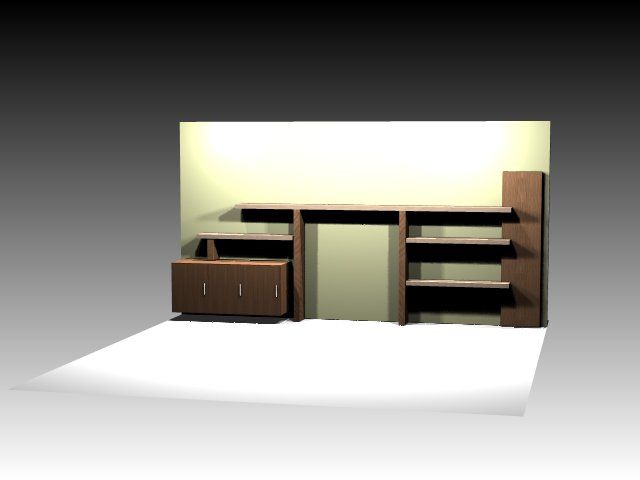Black Walnut for Windows
A discussion considering whether Black Walnut is an appropriate wood for constructing custom reproduction window sash. April 4, 2011
Question
I've just been asked to quote for some sliding sash windows (double hung) in black walnut. Interior polished finish, exterior painted. I'm not convinced of the suitability of black walnut for exterior joinery. Any thoughts?
Forum Responses
(Architectural Woodworking Forum)
From contributor D:
We've made many doors and windows out of walnut. Considering most sashes are made out of pine, which is probably one of the least suitable materials for exterior joinery, I wouldn't worry about using it one bit.
From the original questioner:
Thanks. Our normal window frames are from European oak, Sapele and sometimes Idigbo. My concern is that our stock in the UK is probably kilned down too low. Are there any particular issues with a painted finish externally? The building is in a conservation area.
From contributor D:
My only concern is obtaining walnut that has been steamed at the outset when green to get a nice homogenous color. I found if it isn't specified, we'll receive lumber with stark contrasting heart and sapwood colors, running from dark greyish brown to almost cream. Pretty difficult to get a decent yield when grain matching this stuff. I don't have any knowledge of your building codes regarding conservation areas, so perhaps someone from your area could weigh in.
From contributor K:
Black walnut heartwood is quite stable and resistant to decay; sapwood is not resistant. Long knot-free lengths can be hard to get, but that should not be an issue for sash. I wouldn't use sapwood for sash, so would prefer unsteamed material to easily see the difference. Walnut generally mills well. Thicker material is harder to dry successfully; I have seen some shipments of 8/4 severely honeycombed. If you can get thoroughly air dried lumber, or kiln dried at a moderate schedule, that would be best.
From the original questioner:
Thanks. The only issue with our conservation codes is whether they will allow sealed unit double glazing or not, which affects the thickness of any glazing bars; however they are particular regarding external finishes, hence paint. We would struggle over here to source air dried. Only kiln dried to 10-12% is easily available. Will have to investigate further.
From contributor K:
It seems in my limited experience with European sourced lumber that it is generally dried to a higher moisture content than is common in the US (KD lumber here is normally taken down to 6-7%, aiming to be close to indoor heated winter EMC in many parts of the country). Is this perception accurate, and if so what is the reason?
When you say that your project is in a conservation area, what does that mean? Are you required to adhere to a specific standard for replacement millwork?
From the original questioner:
Normally our kiln dried timber is supplied at between 10-12%, air dried 18-20%. However, experience and a moisture meter has taught me that the advertised moisture content is not necessarily the actual moisture content!
With regard to the constraints of conservation areas, a lot depends upon the level of listing applied to any particular building. The lower the listing number, the more protected the building is. Generally they are interested in the size and moulding detail of timber sections, particularly if the existing windows are true divided lights. The big problem comes when the conservation people start talking to the building code people, then the whole thing becomes a nightmare. The conservation people ideally want the window repaired or manufactured to be exactly the same as existing, while the building code people want the latest sealed unit double glazing, insulating glass, etc. The trick is to try not to get caught in the middle!
The last conservation project we were involved in took three years from initial discussions through manufacture to installation, and took countless hours of paperwork, revised drawings and endless meetings. The problem is that there is no national standard, so the regulations differ from area to area and are ultimately up to the individual conservation officer assigned to the case. This is why I originally posted the question, as in forty years I've never been asked for walnut windows, so as they say, forewarned is forearmed! If this project proceeds as the last one did, I will probably have sold the shop, drawn my pension and gone fishing!
